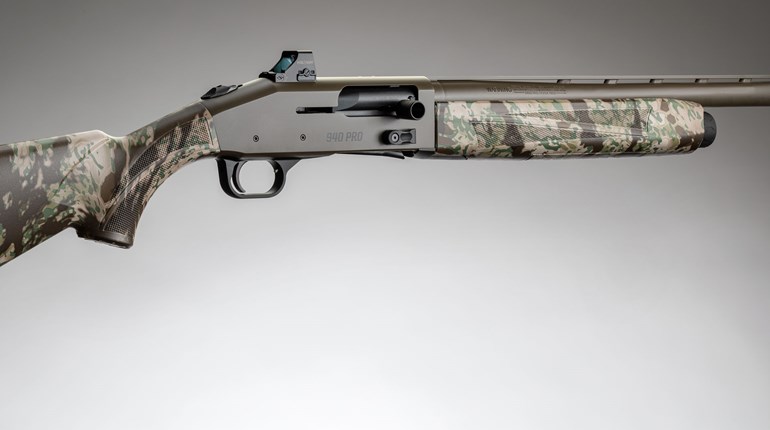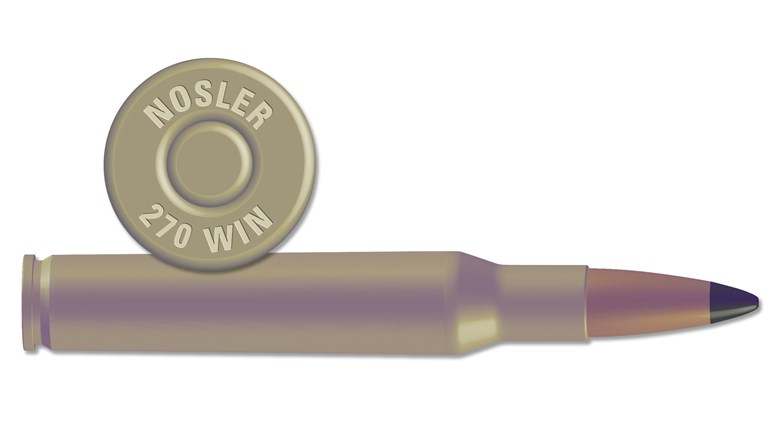
Hopefully, any threat you might encounter in the home will be dissuaded simply by the sight of your home-defense shotgun, and its low capacity won’t be called into question. But, hoping is for campaign slogans. Ardent home defense, at least in theory, means being prepared for anything, even a running battle across your estate amid multiple reloads, couch dives and wholesale changes to your spouse’s beloved decor.
On a practical side, there are only so many shotgun shells you can carry on your fighting uniform de jour, which tends to be whatever you’ve got on at 3 a.m. or whatever’s laying on your bedroom floor, be it blue jeans or BVDs. That’s why folks who are serious about home defense—until tactical briefs are invented—mount a sidesaddle on their shotgun so they’ll always have at least five extra rounds if there’s no time to suit up. Now, that doesn’t mean the sidesaddle is your best, or only option. Fact is, they’re slow for reloading the magazine, hold only five rounds and shells can be jarred loose under recoil. They are good, but not perfect.
That’s why my home-defense Mossberg 590 wears a sidesaddle (for emergency reloading of the chamber), and a simple sling, onto which is clipped a four-round competition-style metal shell caddie from Uncle Mike’s. (While it’s not the perfect solution either—it rattles when loaded—it orients the shells in the same direction, and allows me to grab a couple at a time. Look for a solution that works for you.)
As I grab my shotgun and move with it, I can relocate the caddie to my belt if I have time, or I can fire while it’s still on the sling. If you don’t have a shell holder, stuffing a fistful of shells into a back pocket is better than nothing. Either way, I’ve now got extra rounds in two places if I should lose one cache at any time.
Next, it’s important to learn to reload with both hands, from both the sidesaddle and the shell holder and/or pocket. After all, you wouldn’t teach your child to only learn to dribble with one hand, would you?
Many folks struggle to hold a shotgun to their shoulder with one hand on the pistol grip while the other loads from a sidesaddle. Even big men often let the shotgun drop to the high-ready position with the buttstock leveraged under the strong-side elbow to control the muzzle while reloading. Once you do that, however, the sidesaddle’s speed advantage is mitigated.

So, if you’re not a brute, try holding the shotgun with your left hand on the fore-end naturally while tucking the buttstock under your strong-side armpit (to bring the loading port closer). Then, reload from the sidesaddle with the right hand by going over the top of the receiver. Hit the bolt-release button just before re-establishing your grip and pushing the gun toward the target.
While you’ll lose the advantage of being able to shoot with your strong hand if you had to, you’ll gain the advantage of handling shells with your dominant hand. That will result in less fumbling and faster reloading.
For shooters who have no problem controlling the shotgun with one hand on the pistol grip, they might consider clipping the shell caddie (or other device) on the left side of their belt or waistband so they can reach down with the left hand, find two shells at a time (with practice) and load directly into the magazine. While it takes practice, doing so results in quicker reloads than the sidesaddle that requires shells be stripped one at a time. It also reserves the saddle for emergency reloads to the chamber when speed is critical. Furthermore, it also behooves these guys to practice loading the magazine in the same manner, but from a rear pocket.
For right-handed folks who need to hold the gun by the fore-end with the left hand, they should consider clipping the shell caddie to their right side belt or waistband, then loading the magazine by reaching for a couple shells at a time with the right hand (with practice, otherwise one at a time) as they rotate the shotgun with the left hand until the loading port faces 3 o’clock or higher, so gravity does not work against them.
If you are an experienced clay shooter, 3-gunner or bird hunter, loading from a shell caddie or a pocket is familiar and easy. Watch any video of accomplished semi-auto shotgun shooters and notice how fluidly and effortlessly they load shells. These folks can fish four loose shells out of a pocket or pouch, orient them by feel, and load one shell in the chamber and several in the magazine in just a few seconds, all without looking. You can too, with practice. Then practice all of these methods while moving.
Keep your sidesaddle loaded and use it. For many, it’s the best option for keeping your shotgun fed, on target and barking fire. But there is no downside to learning new skills, training both hands, packing extra ammo and having a backup plan should your primary one fail.






































